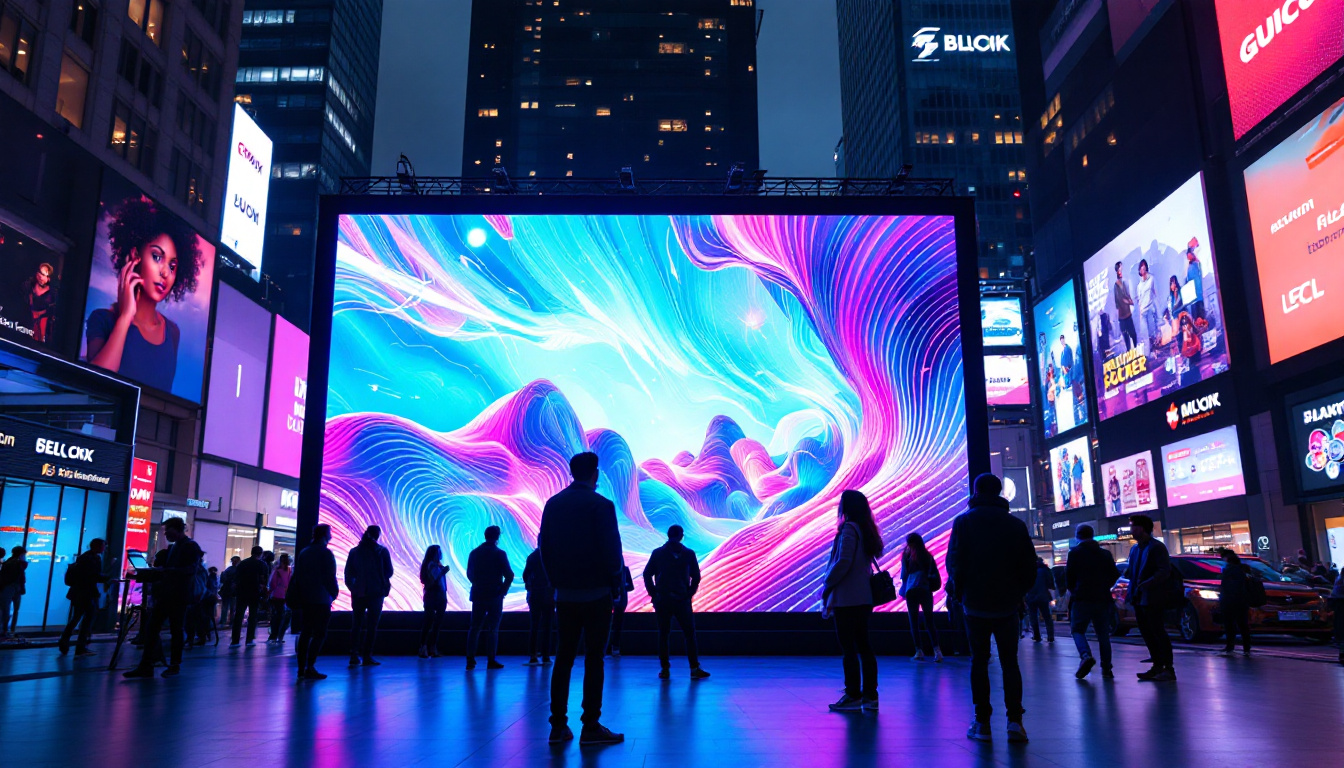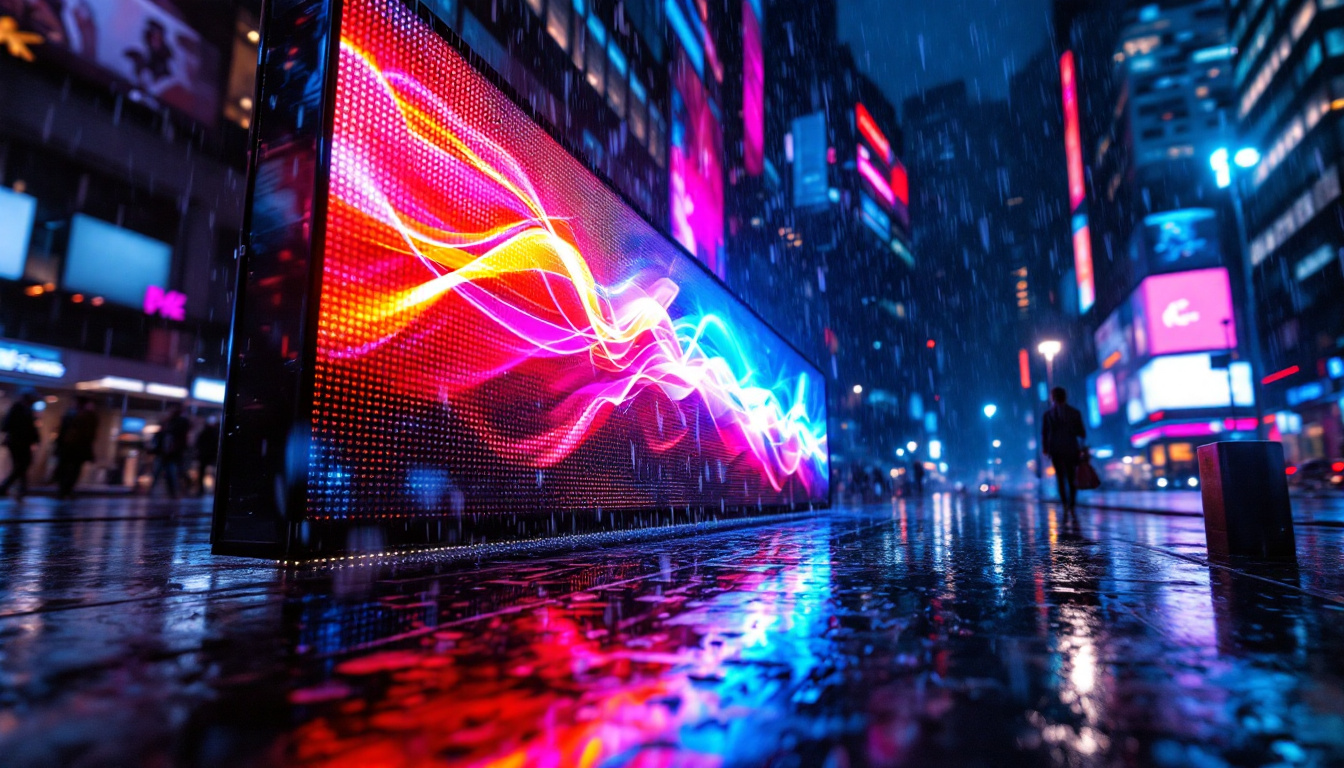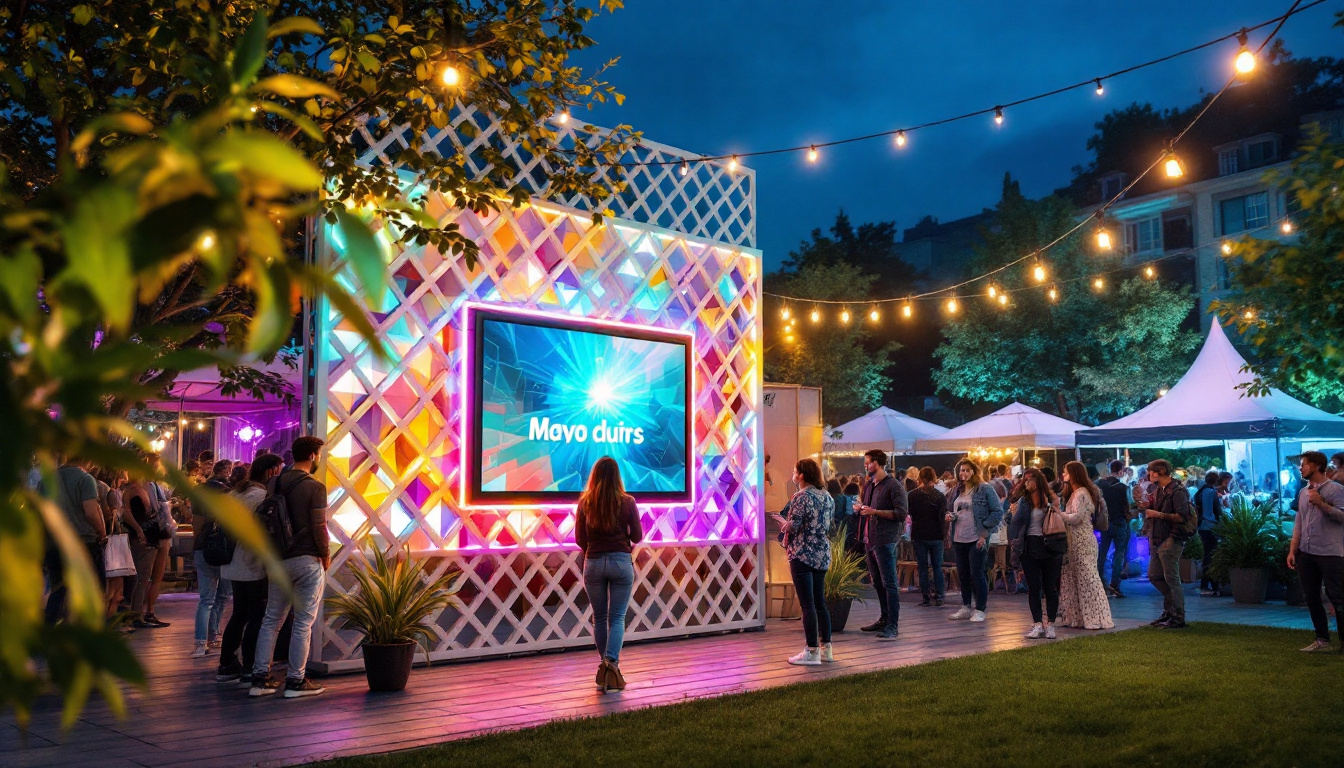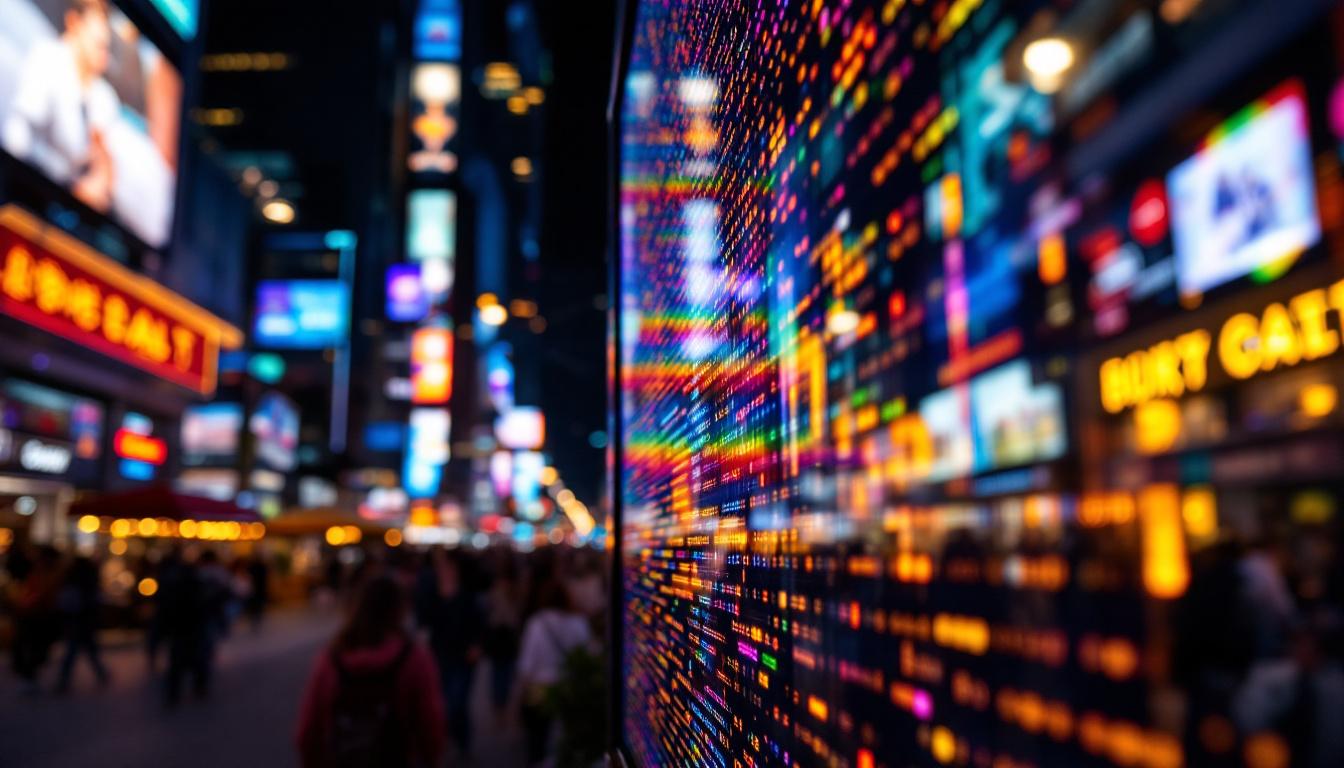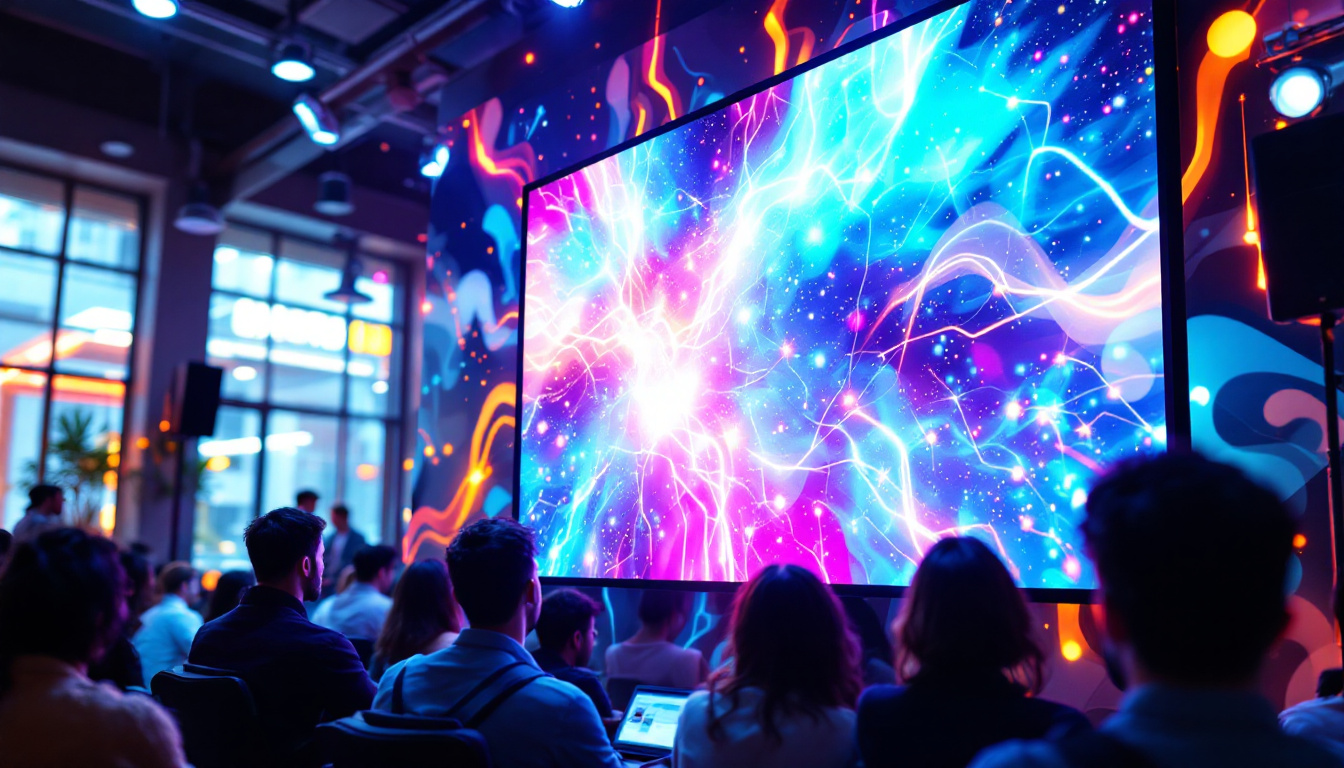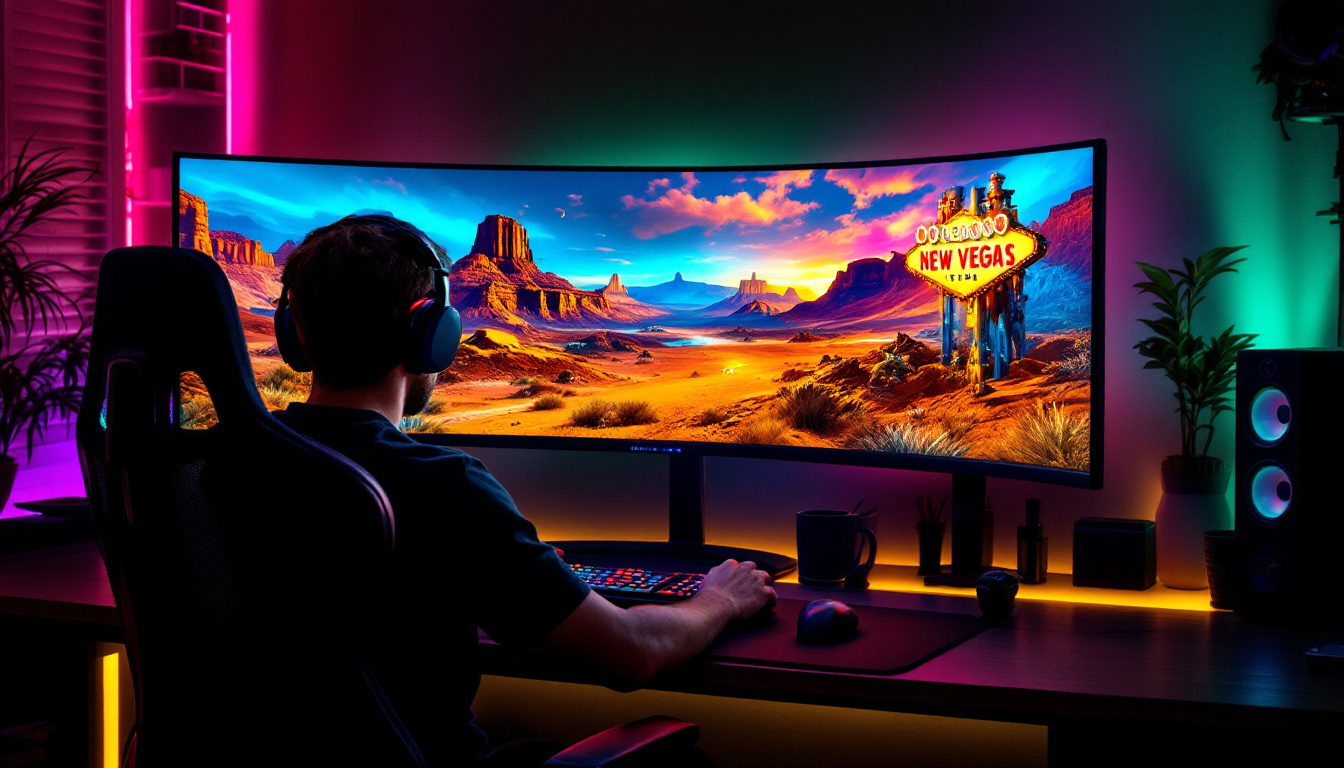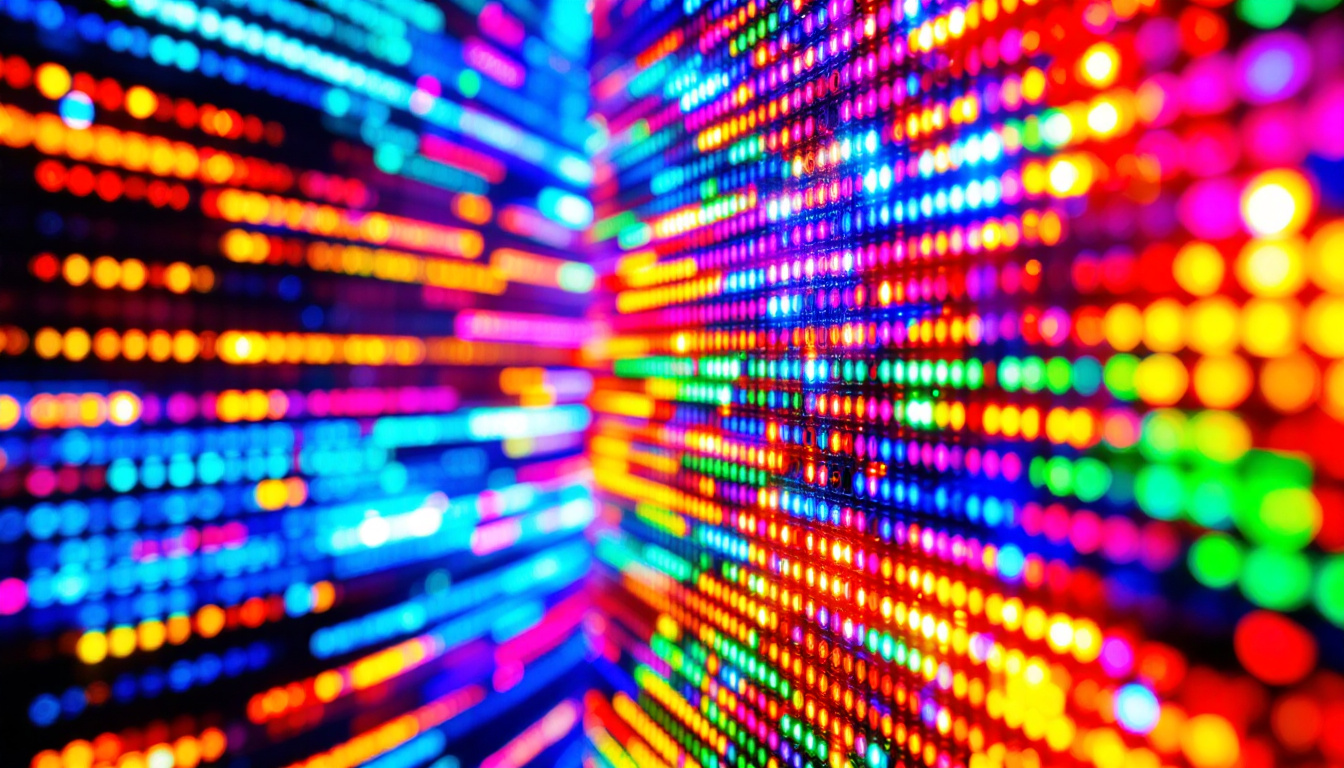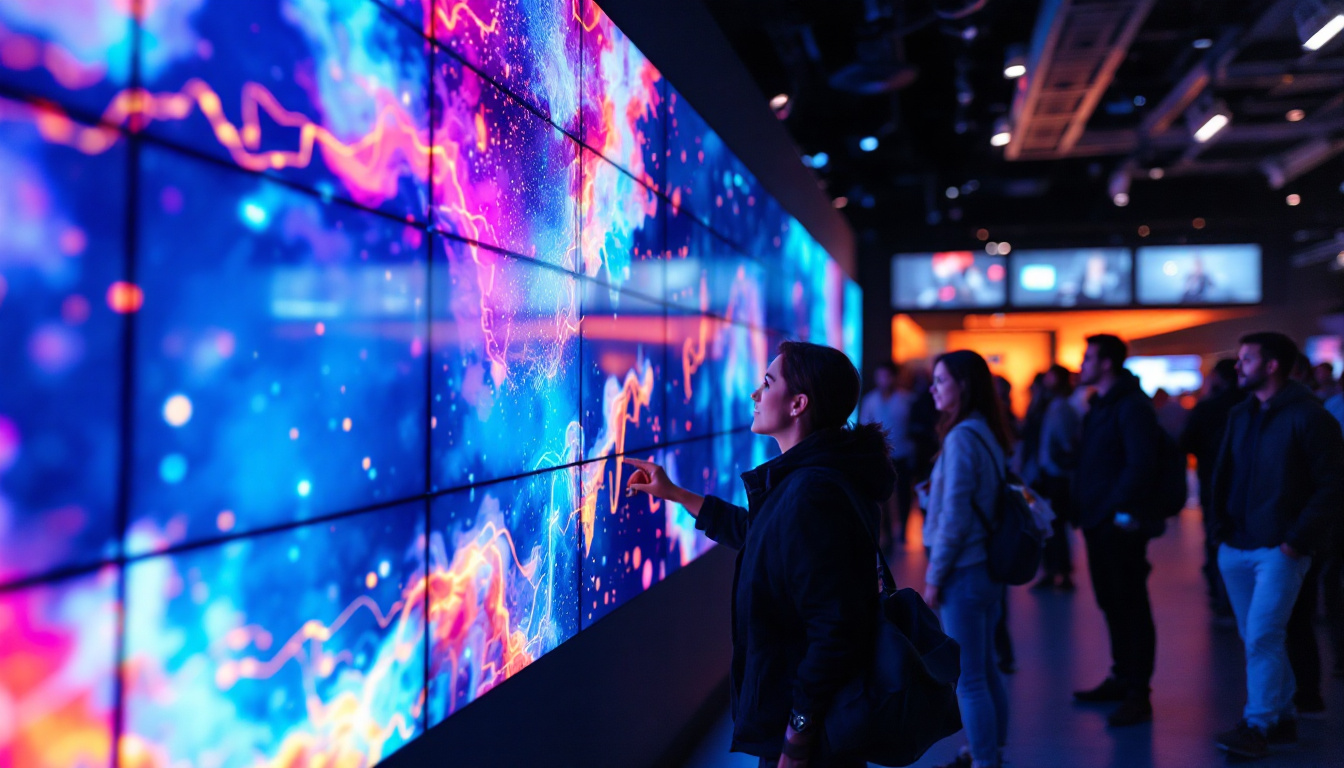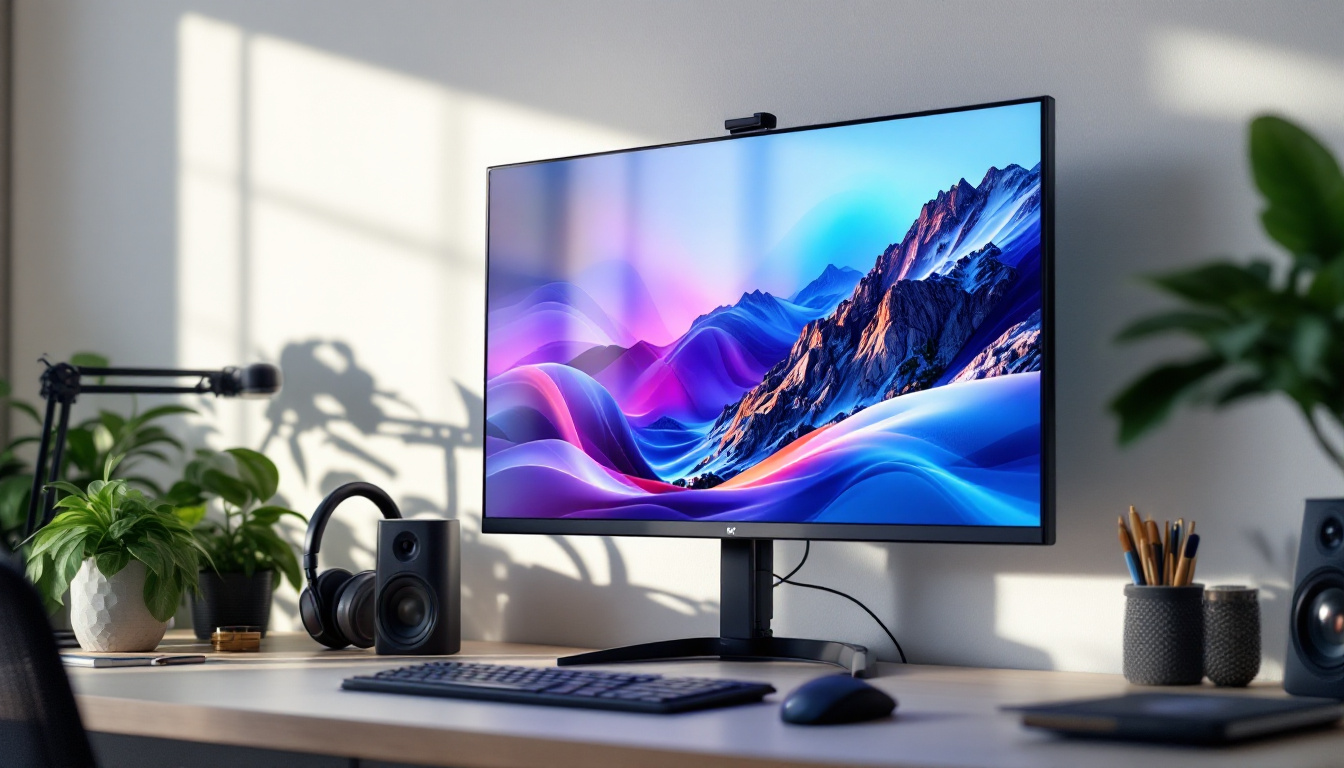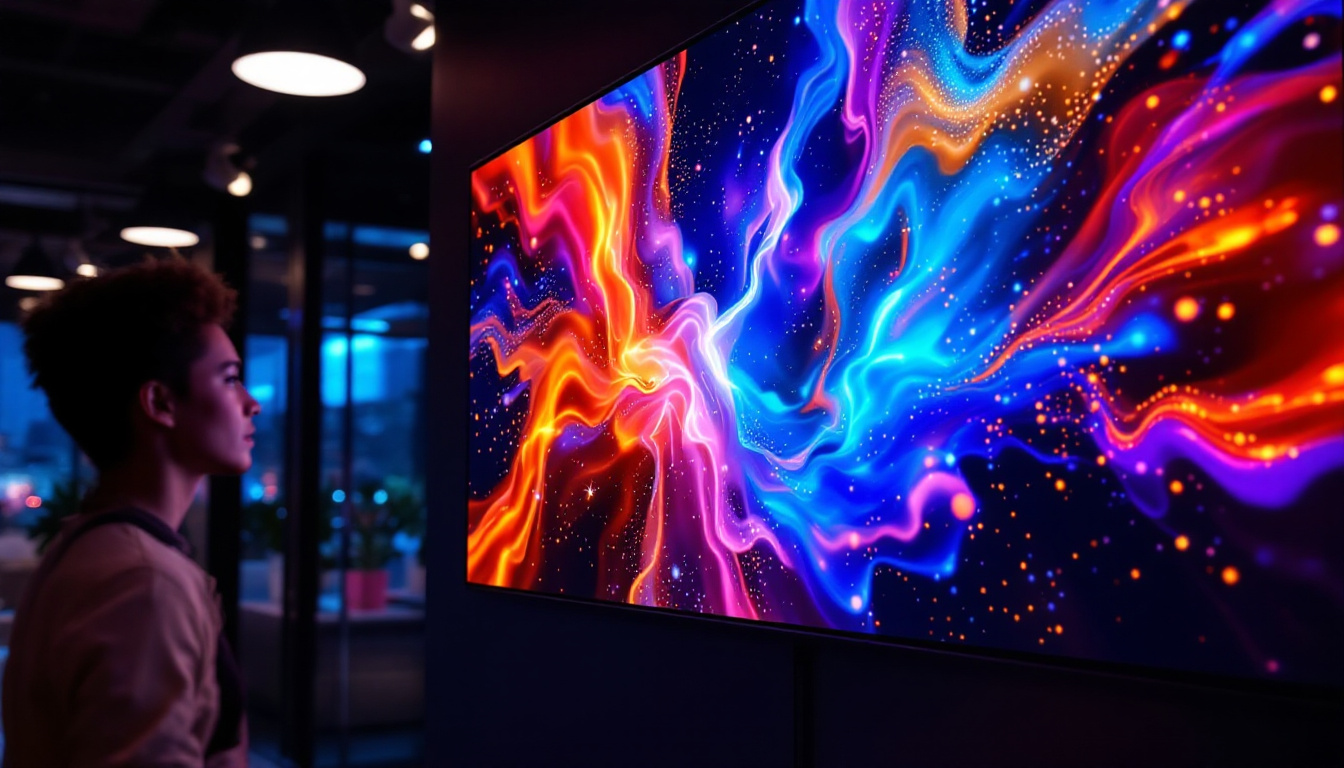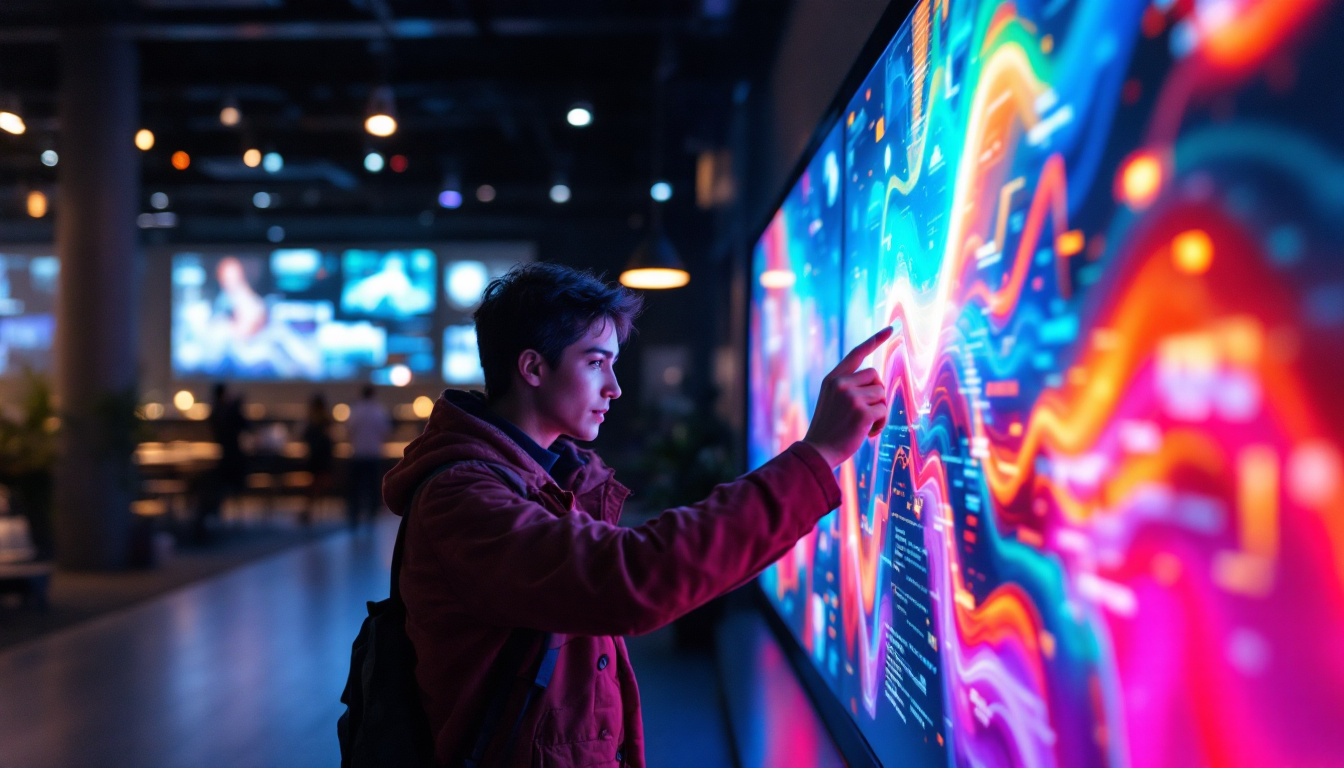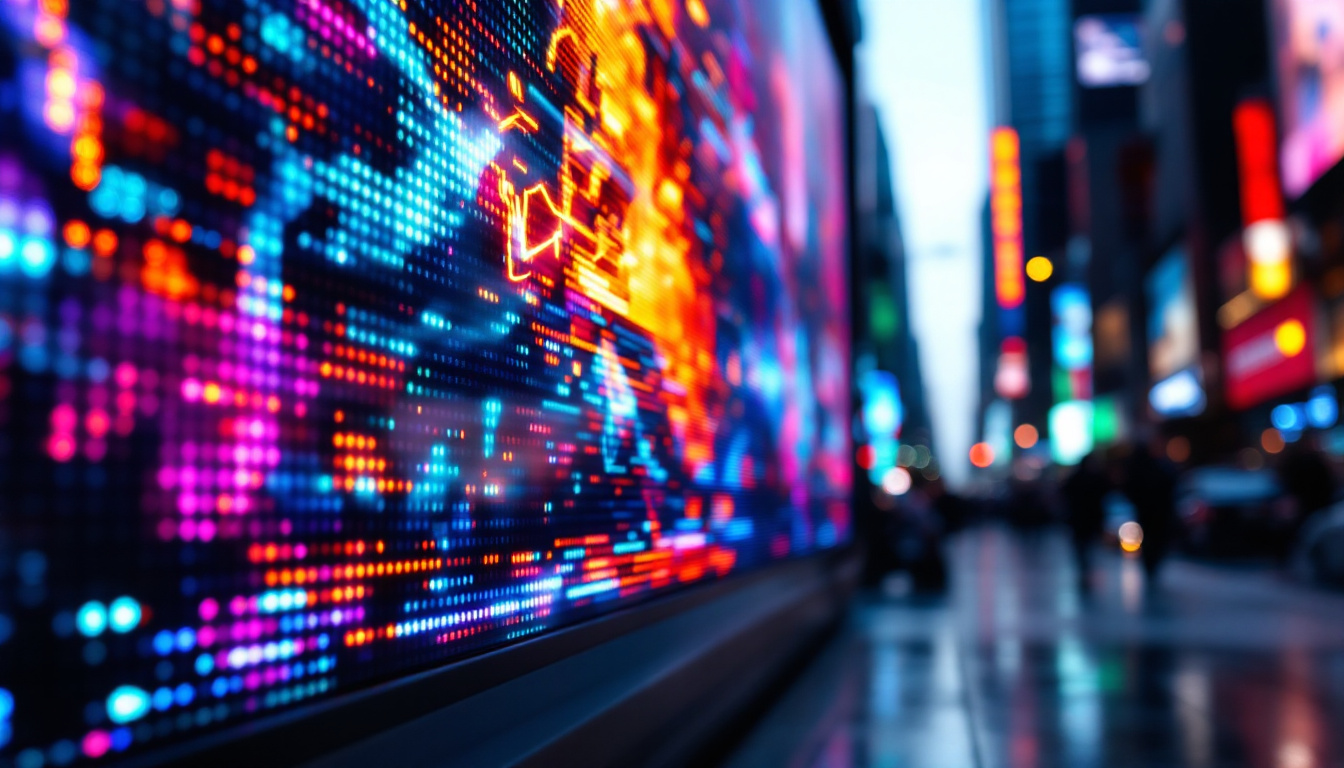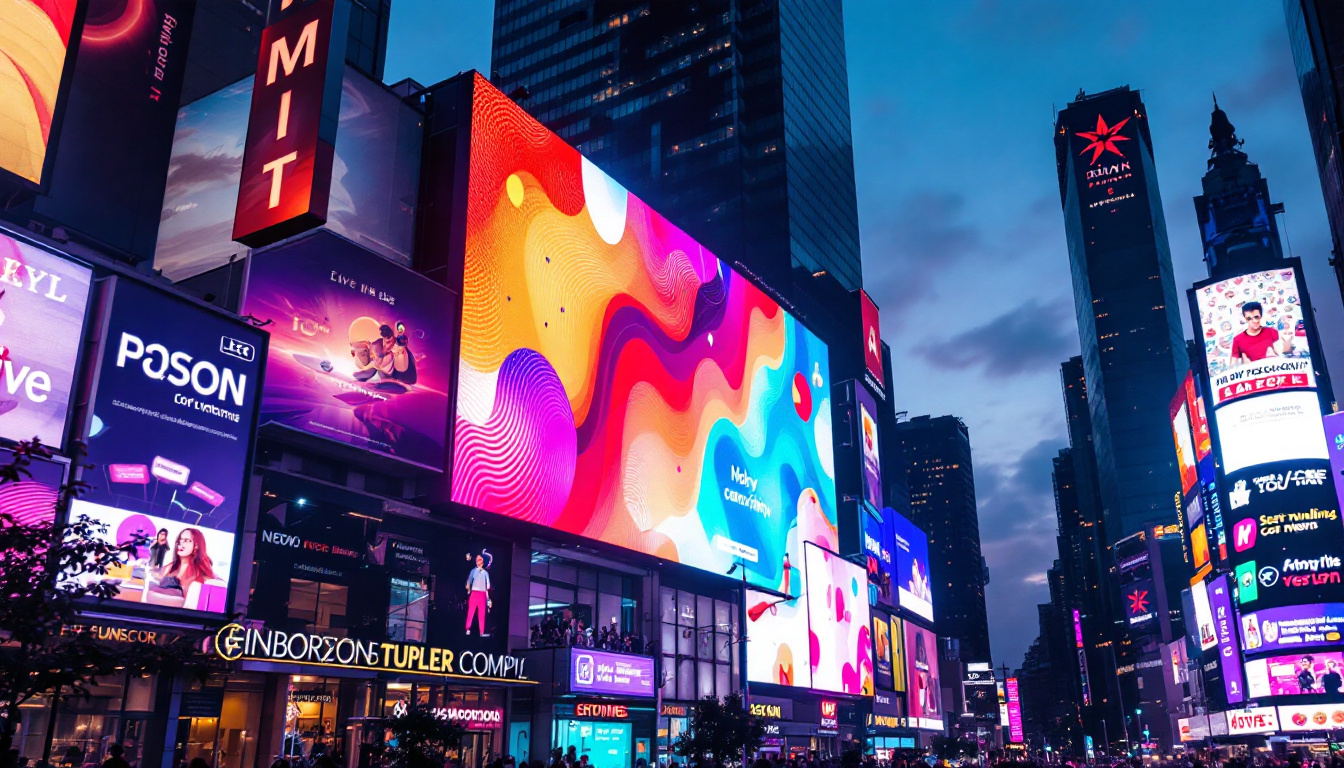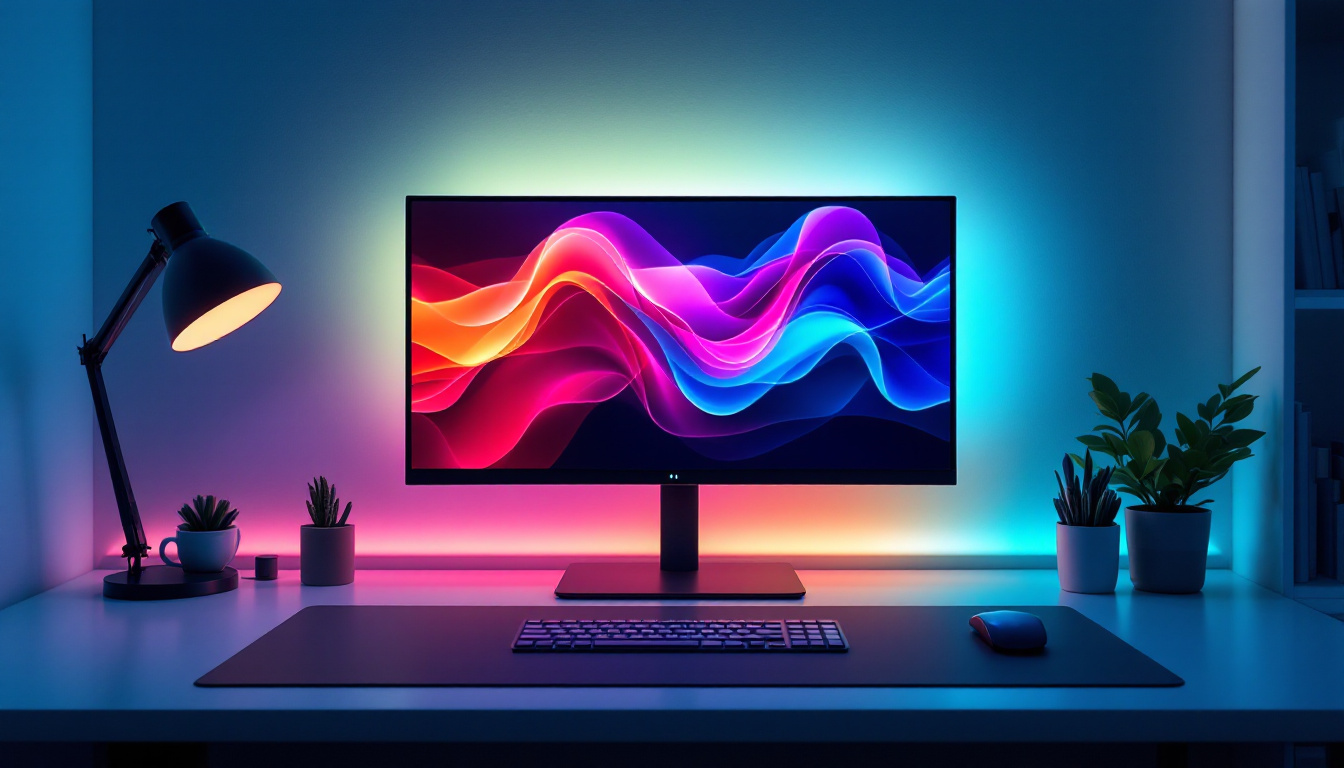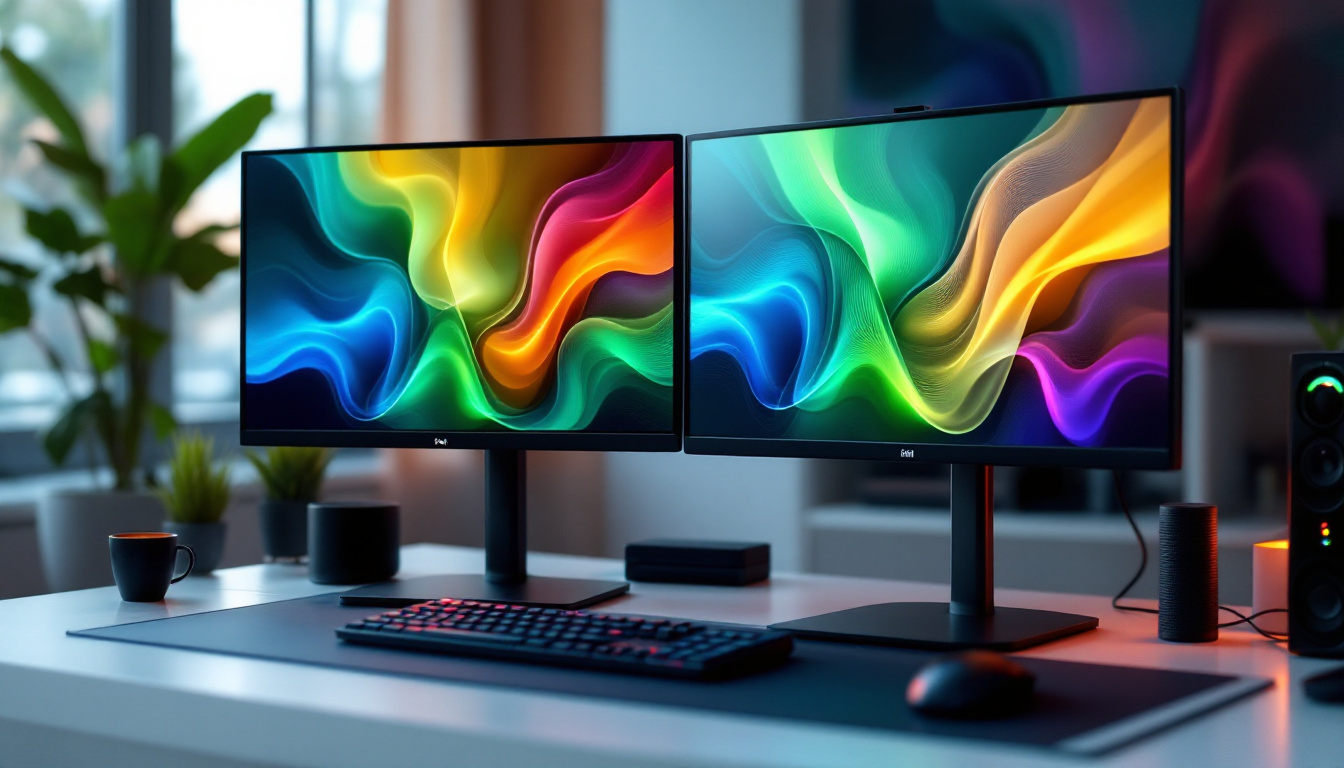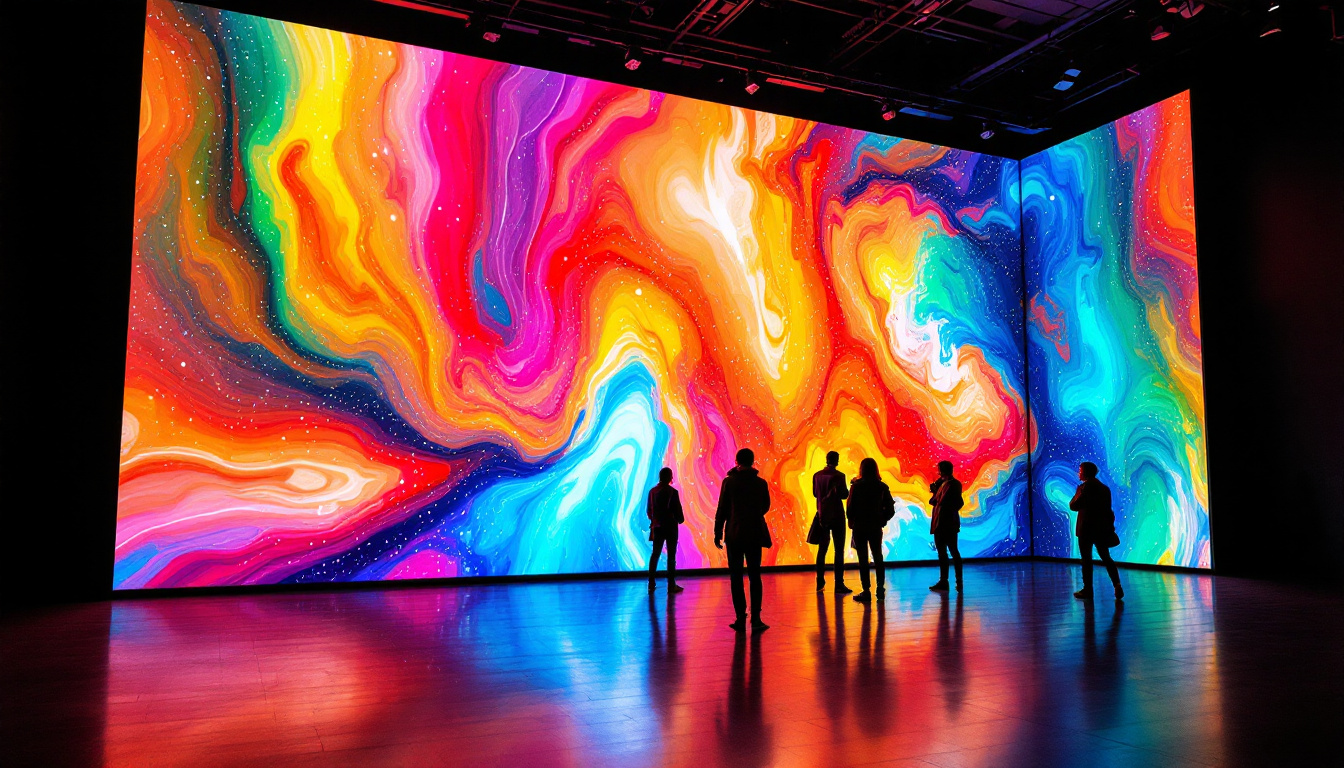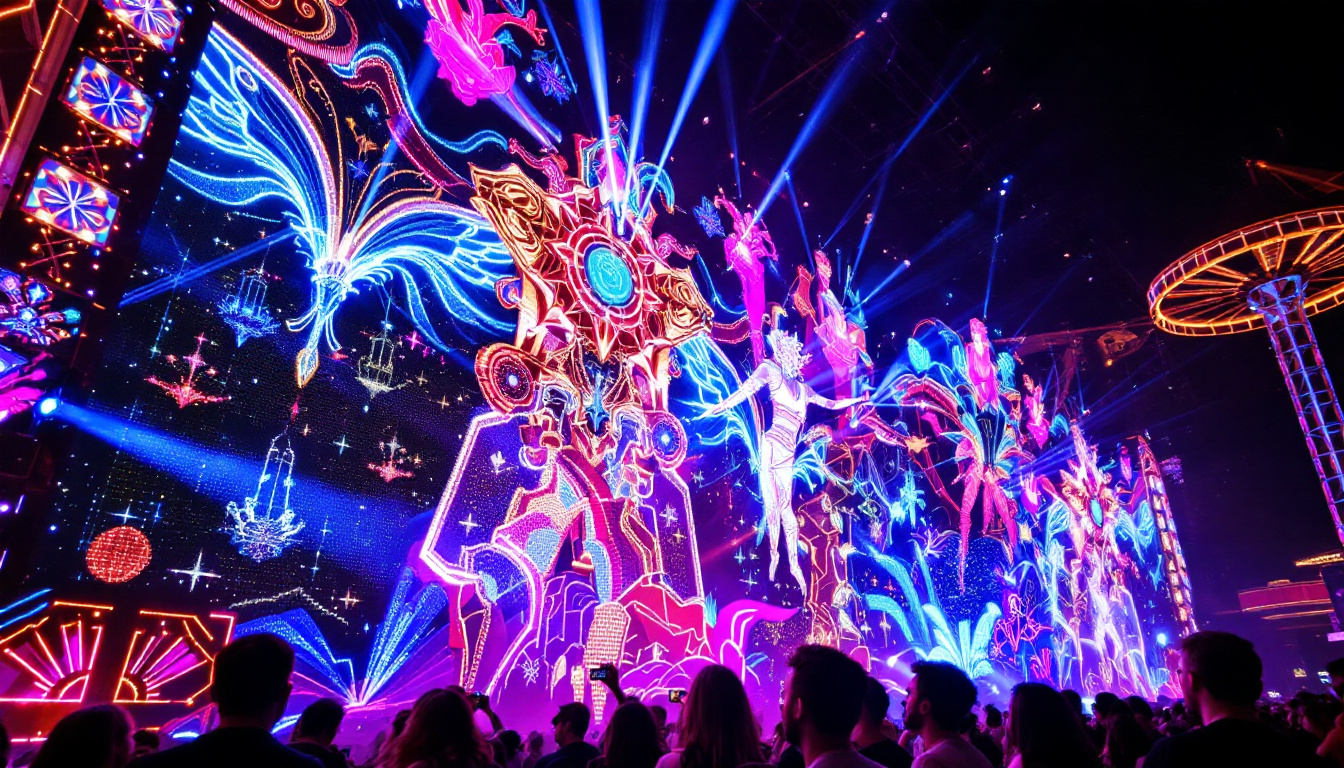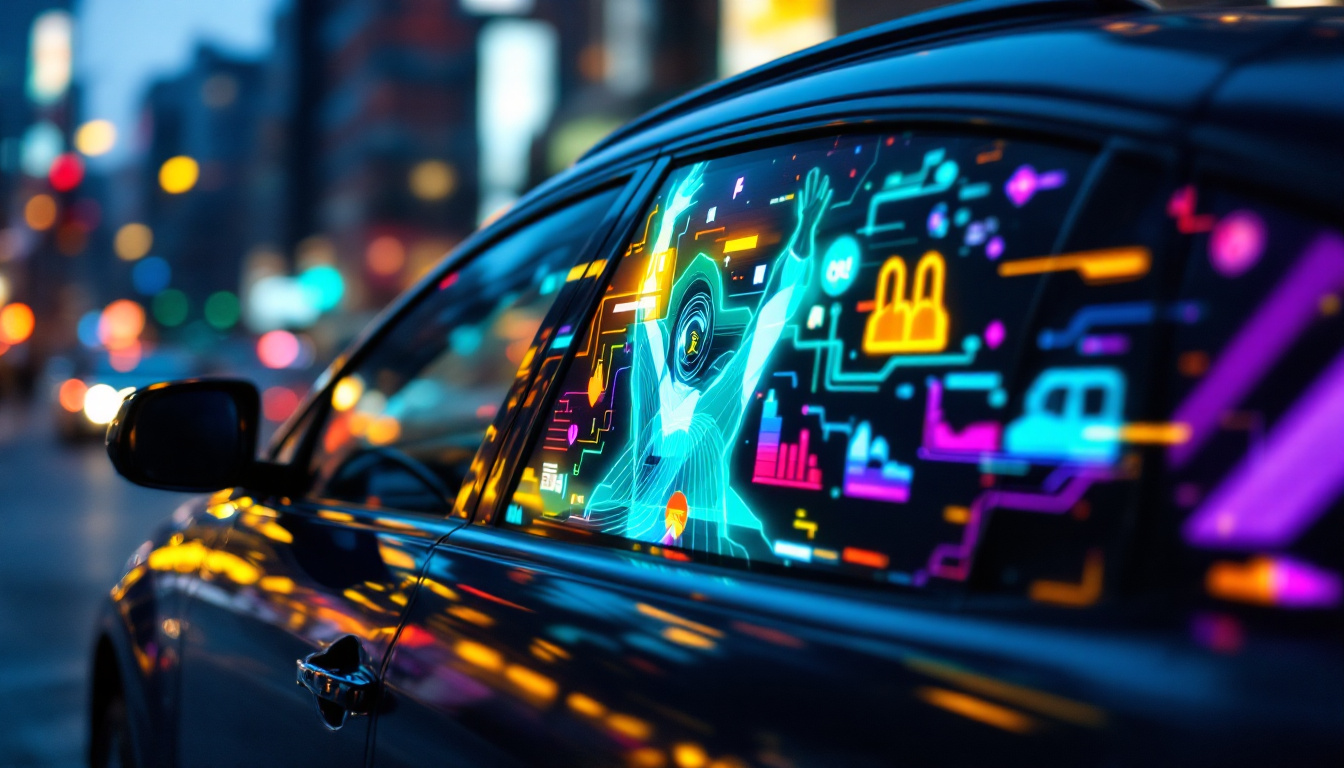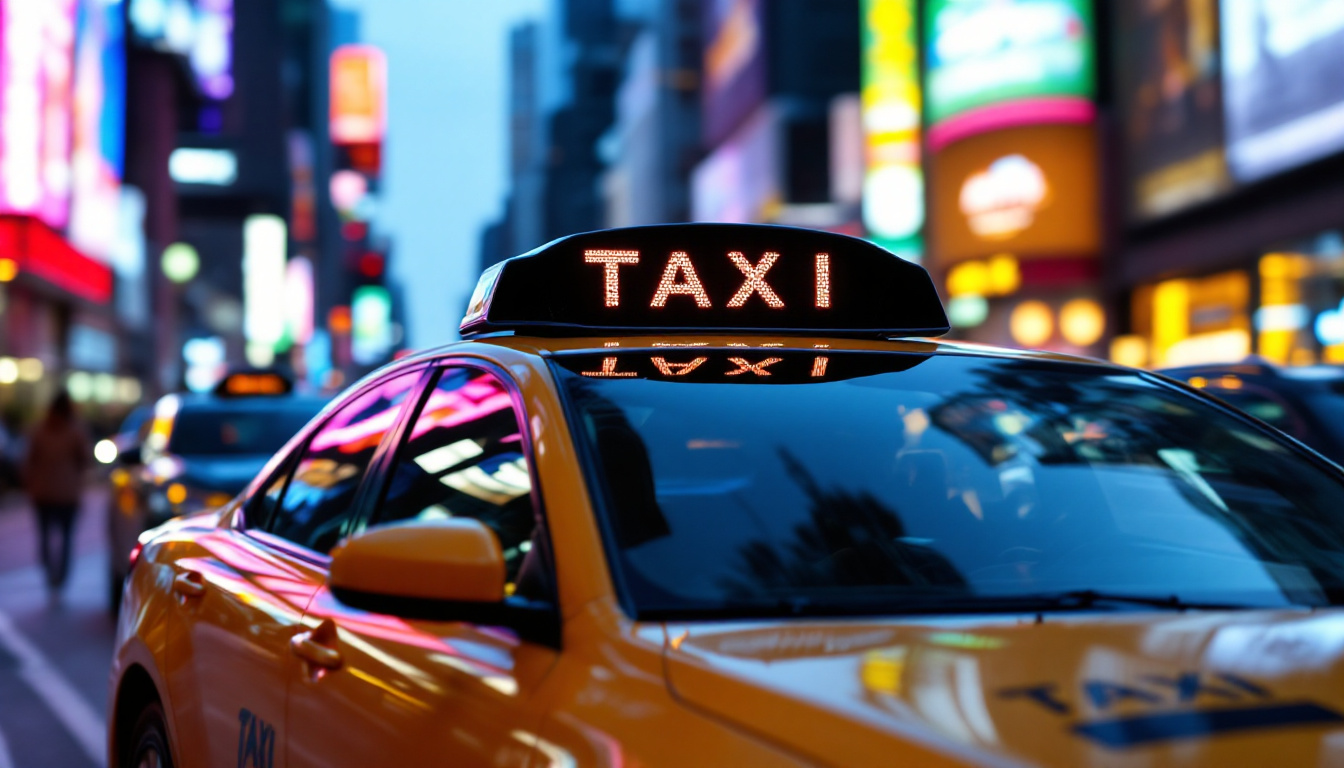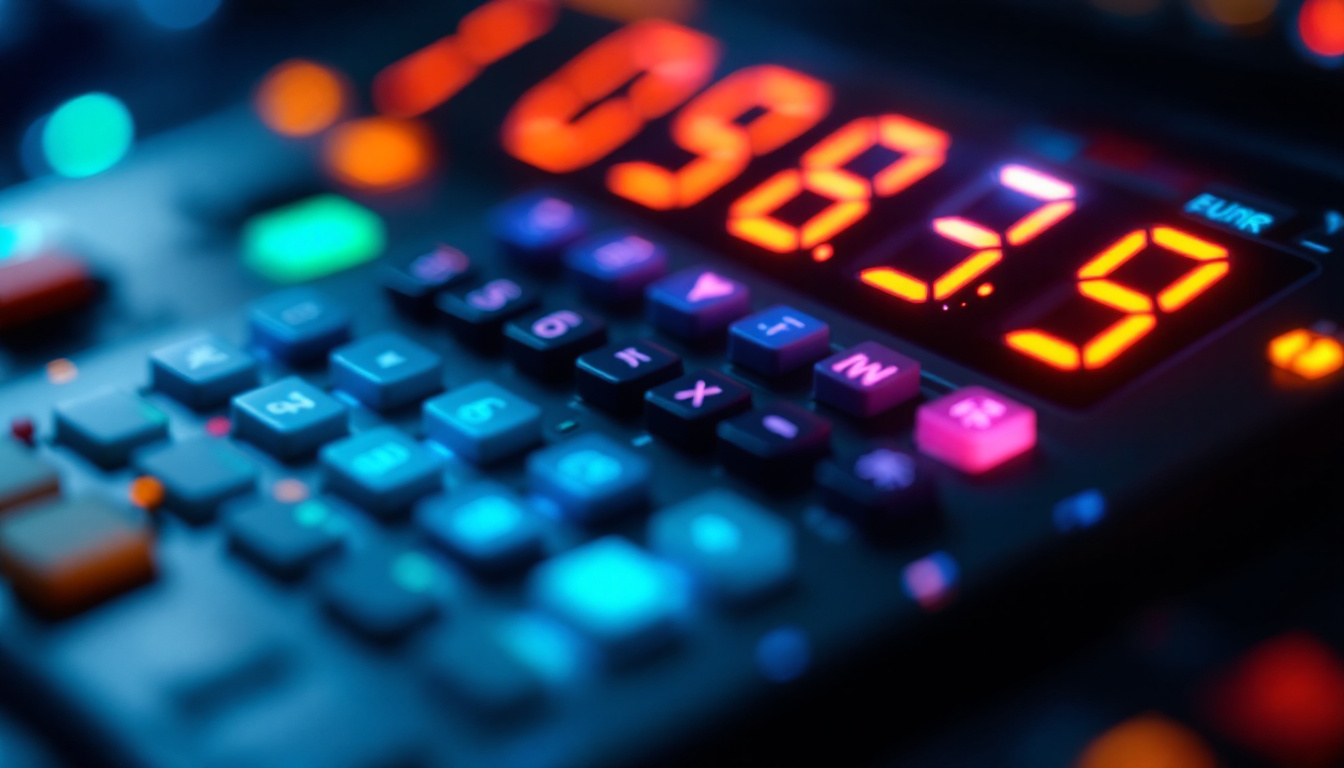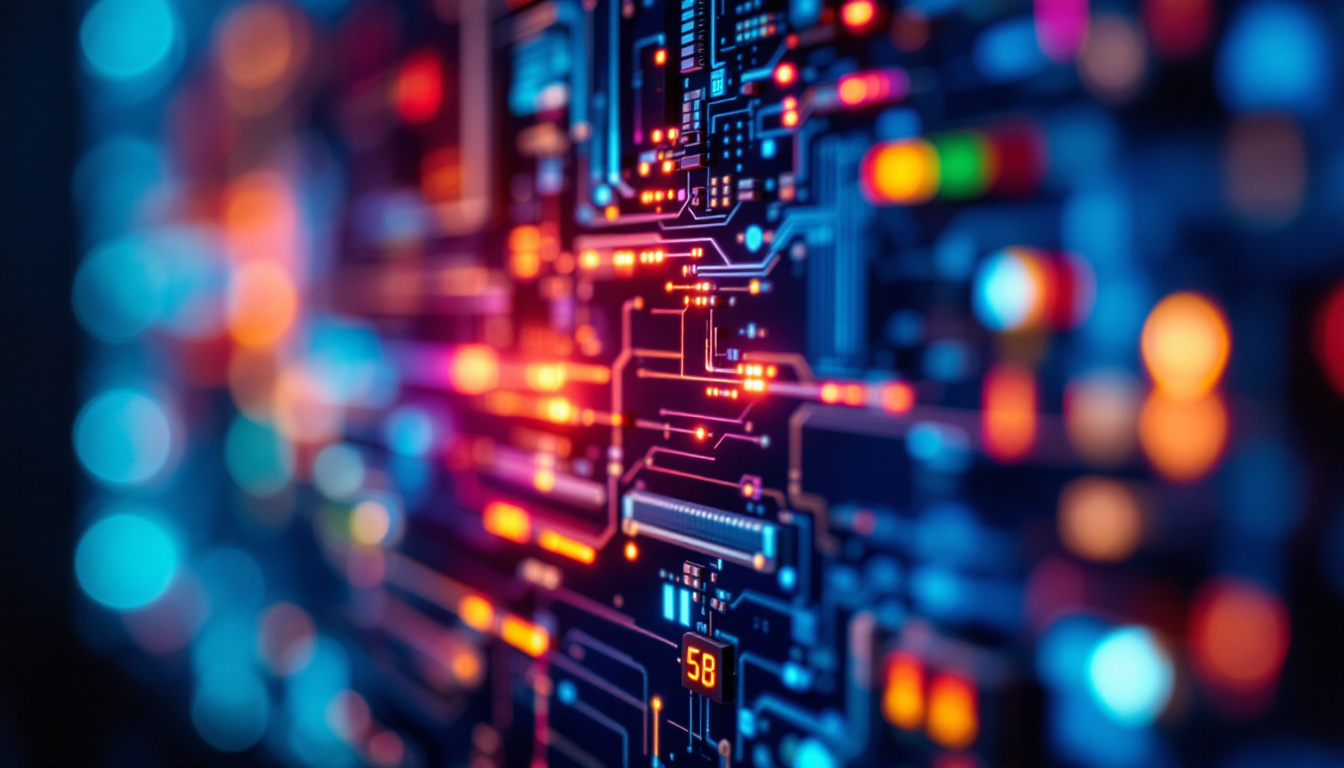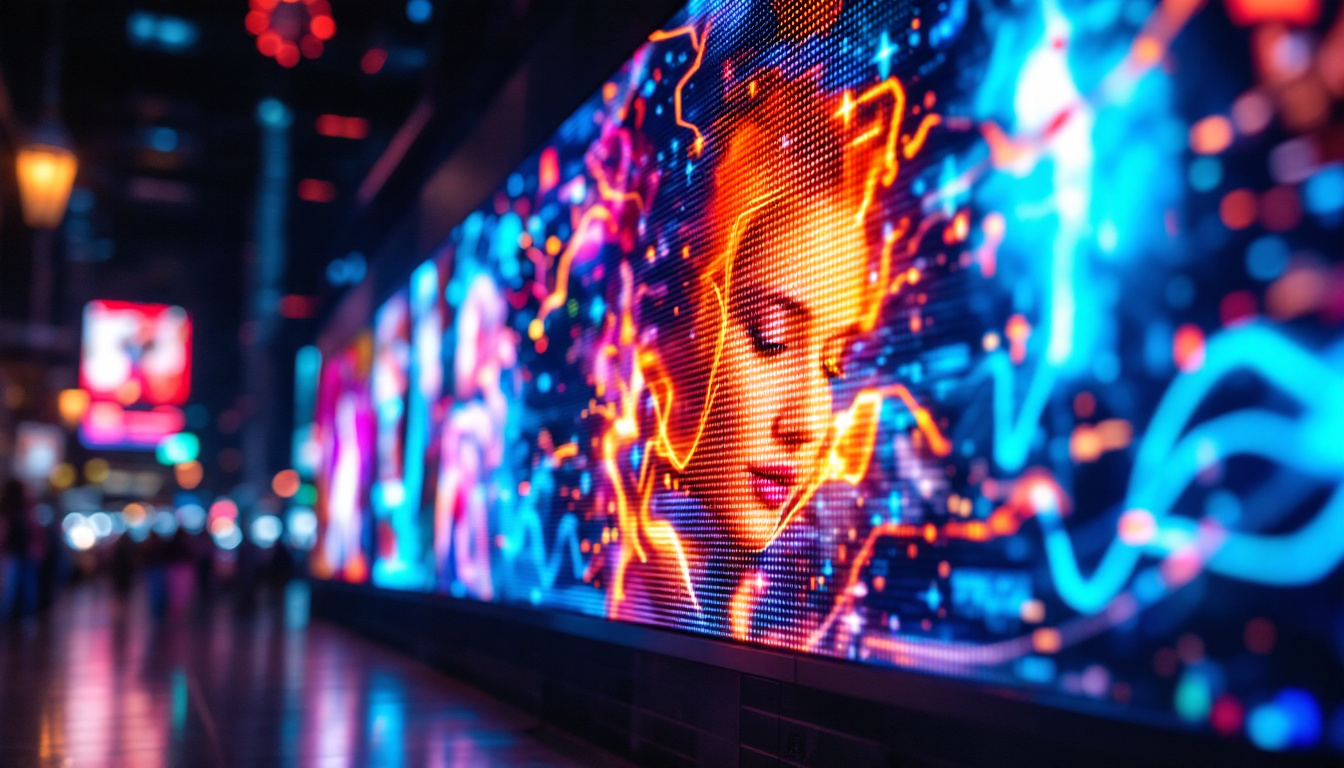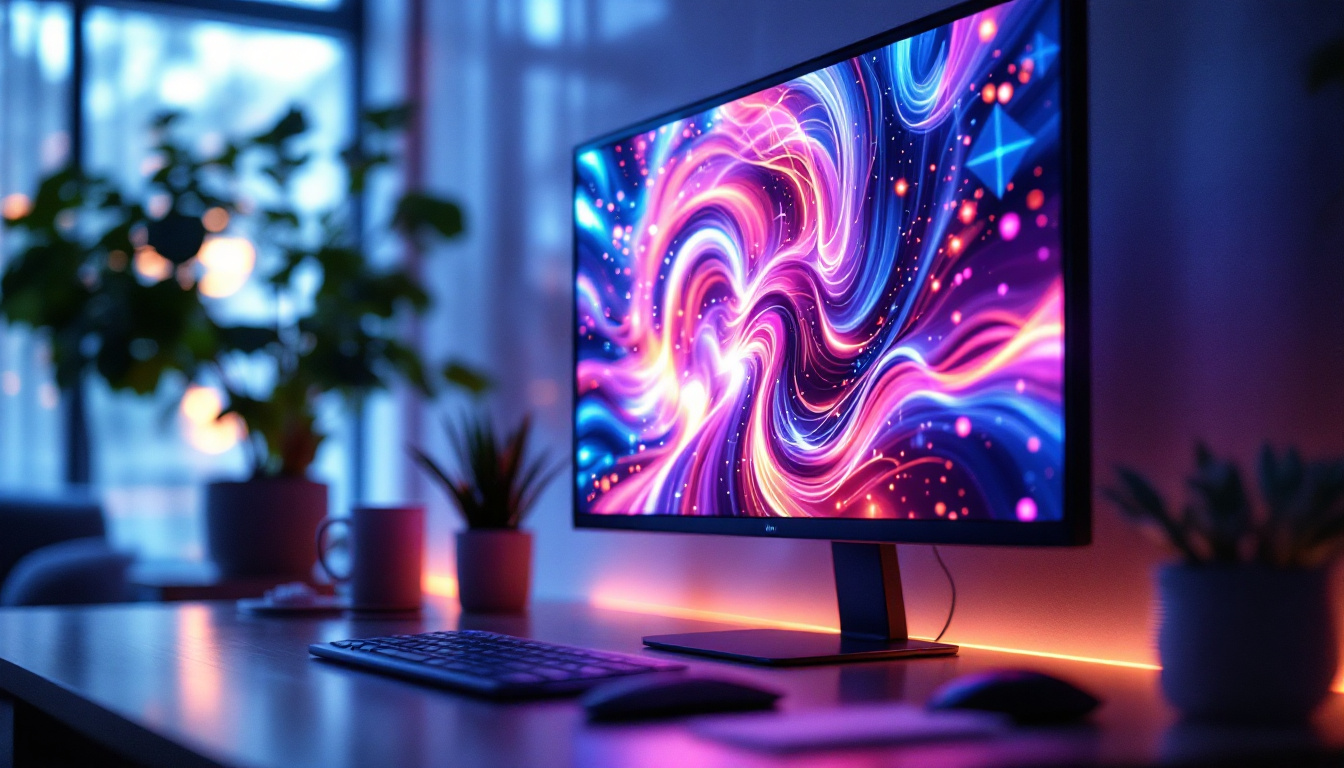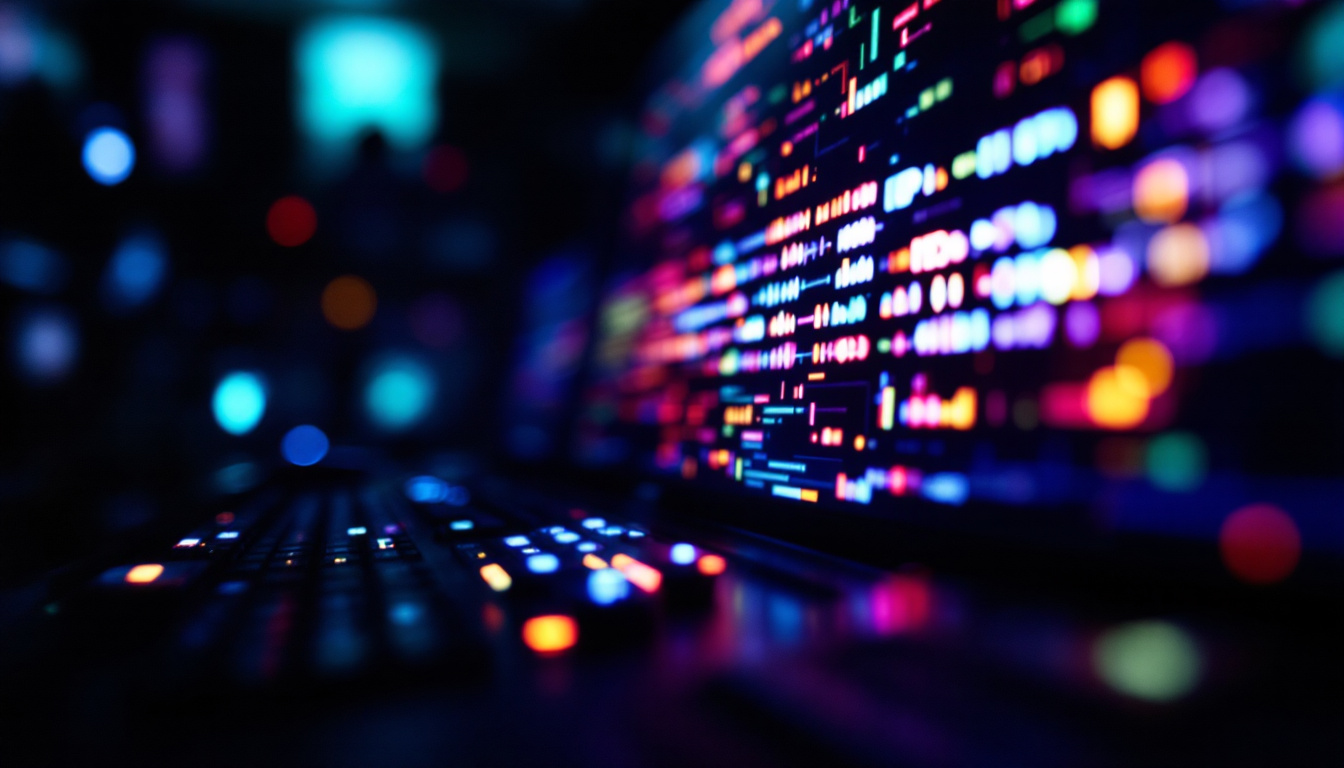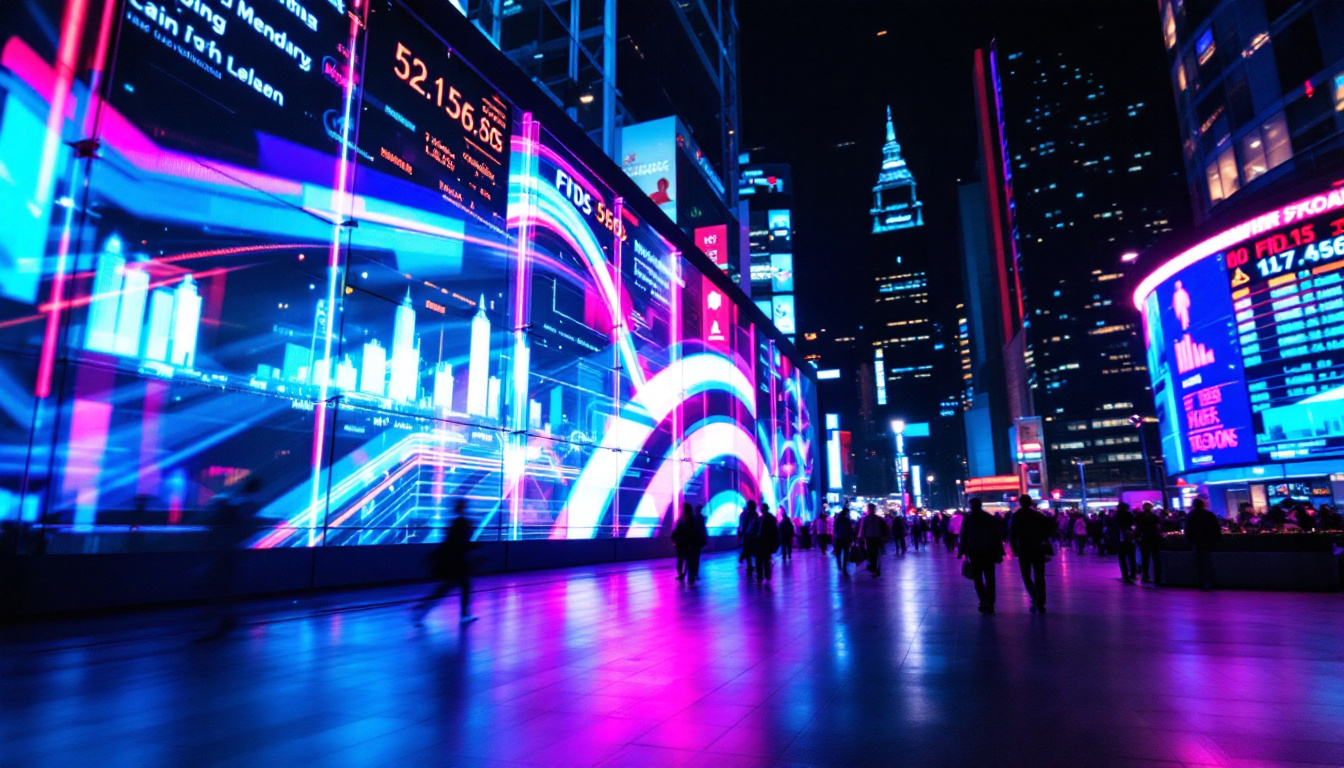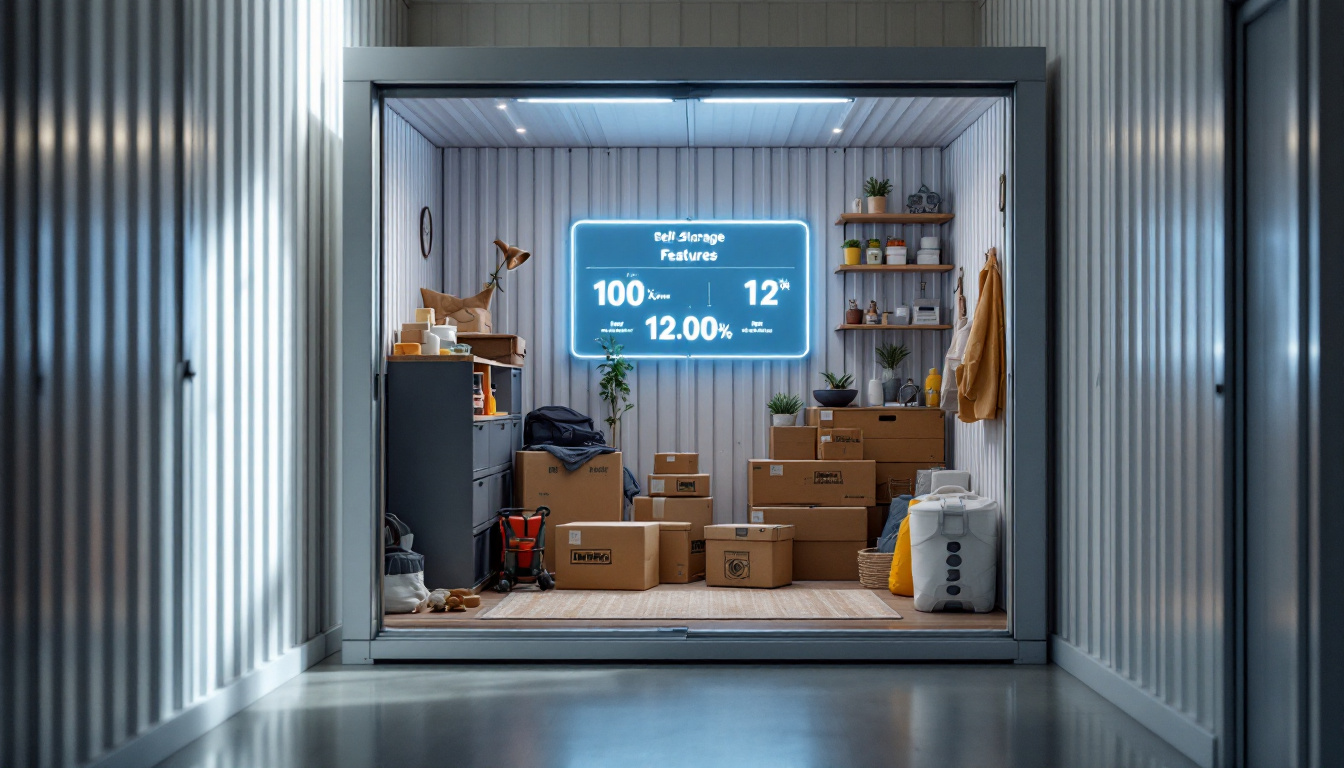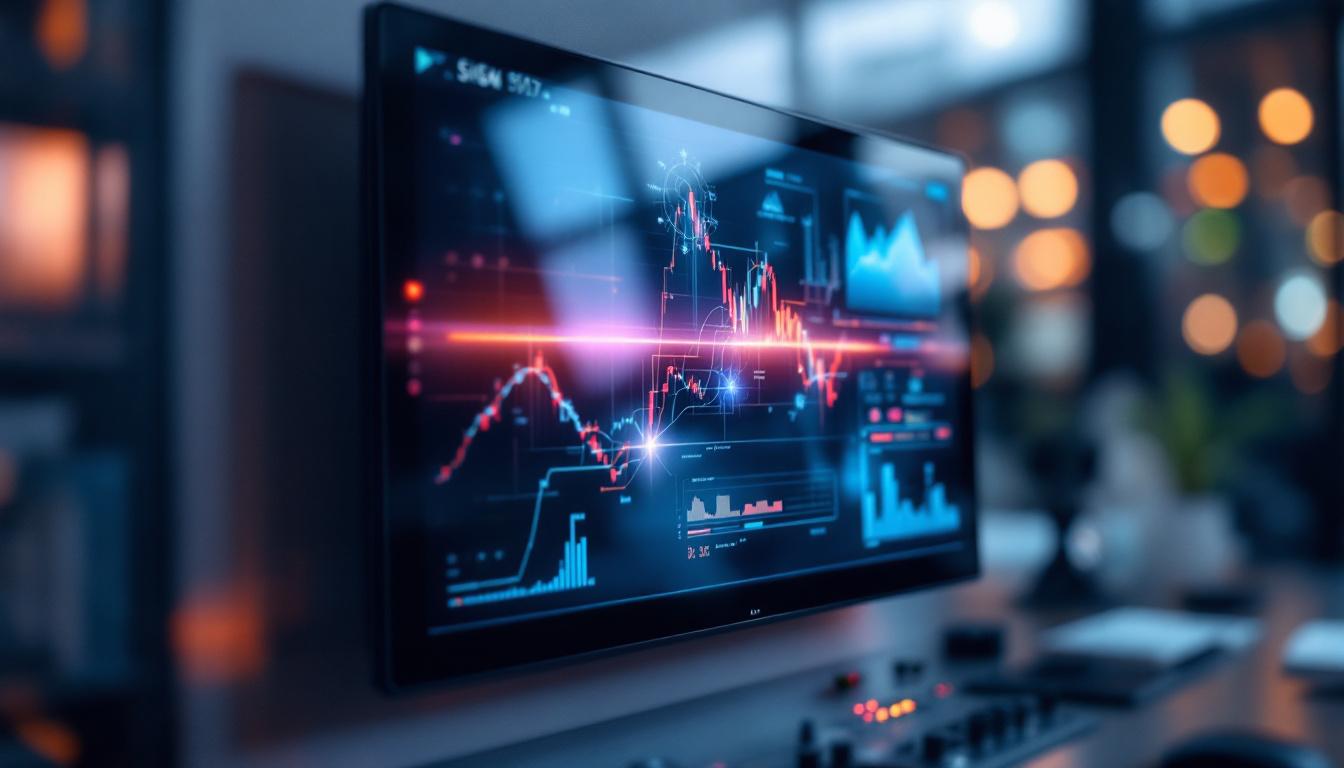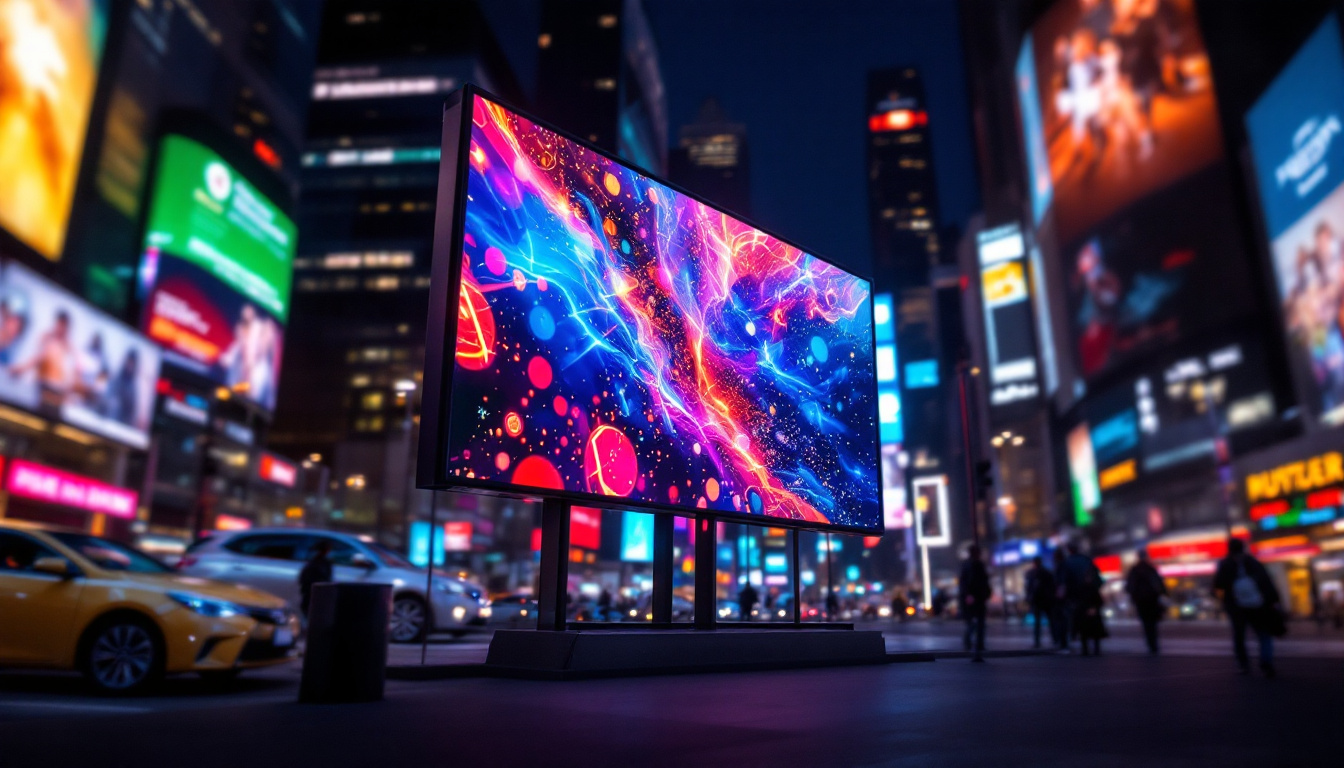In the ever-evolving world of technology, visual display companies have emerged as key players in enhancing communication and engagement through innovative display solutions. Among the various technologies available, LED (Light Emitting Diode) displays have gained significant traction due to their versatility, efficiency, and vibrant visual appeal. This article delves into the intricacies of LED displays, exploring their functionality, applications, advantages, and the future of visual display technology.
Understanding LED Technology
LED technology has transformed the way information is presented visually. At its core, an LED display consists of numerous tiny light-emitting diodes that work together to produce images and videos. These diodes emit light when an electric current passes through them, allowing for bright and colorful displays. The versatility of LED technology has led to its adoption in various sectors, from advertising to entertainment, significantly enhancing the viewer’s experience.
How LED Displays Work
The fundamental operation of an LED display hinges on the arrangement of diodes in a grid format. Each diode represents a pixel, and by controlling the intensity of light emitted from each pixel, a full image can be rendered. The more pixels an LED display has, the higher the resolution, resulting in sharper and clearer images. This pixel density is crucial for applications requiring high-definition visuals, such as digital signage and video walls, where the clarity of the displayed content can greatly influence audience engagement.
LED displays can be categorized into two main types: direct view and backlit. Direct view LED displays use individual diodes to create images, while backlit displays utilize LEDs to illuminate a liquid crystal display (LCD) panel. This distinction is crucial as it affects the display’s overall performance, brightness, and color accuracy. Additionally, direct view displays often provide superior contrast ratios and faster refresh rates, making them ideal for dynamic content like live broadcasts and interactive installations.
Types of LED Displays
There are several types of LED displays tailored for different applications. Some common types include:
- Indoor LED Displays: These are designed for close viewing and are often used in environments like theaters, shopping malls, and conference rooms. Their ability to deliver vibrant colors and high brightness levels makes them perfect for showcasing advertisements and presentations.
- Outdoor LED Displays: Built to withstand harsh weather conditions, outdoor displays are commonly found in billboards, sports arenas, and public transport stations. These displays are engineered with protective casings and enhanced brightness to ensure visibility even in direct sunlight, making them a staple in urban advertising.
- Transparent LED Displays: These innovative displays allow light to pass through, making them ideal for retail environments where visibility is essential. They can be integrated into windows or glass walls, providing an eye-catching way to promote products without obstructing the view of the store’s interior.
Moreover, advancements in LED technology have led to the development of flexible and curved displays, which can adapt to various shapes and surfaces. This flexibility opens up new possibilities for creative installations in architecture and art, allowing designers to create immersive environments that captivate audiences. The integration of smart technology with LED displays is also on the rise, enabling features such as remote management, real-time content updates, and interactive capabilities that further enhance user engagement.
Applications of LED Displays
LED displays have permeated various sectors, revolutionizing the way information is shared and consumed. Their adaptability makes them suitable for a wide range of applications.
Advertising and Marketing
One of the most prominent uses of LED displays is in advertising. Retailers and businesses leverage vibrant LED screens to capture the attention of potential customers. The dynamic nature of LED technology allows for eye-catching animations and videos, making advertisements more engaging.
Moreover, LED displays can be updated in real-time, enabling businesses to promote flash sales, new products, or special events instantly. This flexibility is a game-changer in the fast-paced world of marketing.
Events and Entertainment
In the realm of events and entertainment, LED displays play a critical role. Concerts, festivals, and sporting events utilize large LED screens to enhance the audience’s experience. These displays provide live feeds, graphics, and information, ensuring that attendees remain engaged.
Additionally, the immersive quality of LED technology enhances the overall atmosphere, creating memorable experiences for audiences. From dazzling light shows to informative scoreboards, LED displays are integral to modern entertainment.
Corporate and Educational Settings
LED displays have also found their place in corporate and educational environments. In corporate settings, they are used for presentations, meetings, and conferences, allowing for clear and impactful communication of ideas. The ability to display high-resolution images and videos enhances the effectiveness of presentations.
In educational institutions, LED displays serve as powerful teaching tools. They can display educational content, facilitate interactive learning, and engage students in a visually stimulating manner. This technology fosters a more dynamic learning environment.
Advantages of LED Displays
The rise of LED displays can be attributed to their numerous advantages over traditional display technologies. Understanding these benefits is crucial for businesses and organizations considering an upgrade.
Energy Efficiency
One of the most significant advantages of LED displays is their energy efficiency. Compared to traditional incandescent or fluorescent displays, LED technology consumes significantly less power. This not only reduces operational costs but also contributes to environmental sustainability.
Many LED displays are designed to optimize energy consumption further, with features such as automatic brightness adjustment based on ambient light conditions. This capability ensures that the display operates efficiently without compromising visibility.
Longevity and Durability
LED displays are known for their long lifespan, often lasting over 100,000 hours of continuous use. This durability makes them a cost-effective investment for businesses, as they require less frequent replacements compared to other display technologies.
Additionally, outdoor LED displays are built to withstand harsh weather conditions, including rain, snow, and extreme temperatures. This resilience ensures that they remain operational in various environments, making them ideal for outdoor advertising and events.
High-Quality Visuals
LED displays are renowned for their exceptional visual quality. They offer vibrant colors, high contrast ratios, and excellent brightness levels, making them suitable for both indoor and outdoor settings. The ability to produce sharp images and videos enhances the overall viewing experience.
Furthermore, advancements in LED technology have led to the development of high-definition and ultra-high-definition displays. These innovations allow for even greater detail and clarity, catering to the demands of modern content consumption.
The Future of LED Display Technology
The future of LED display technology looks promising, with continuous advancements and innovations on the horizon. As visual display companies invest in research and development, several trends are emerging that could shape the industry.
Integration with Smart Technology
As the Internet of Things (IoT) continues to expand, LED displays are increasingly being integrated with smart technology. This integration allows for enhanced interactivity, enabling users to control displays remotely and customize content in real-time.
For instance, smart LED displays can be programmed to change content based on audience demographics or environmental factors. This level of personalization enhances engagement and ensures that the displayed information is relevant to viewers.
Advancements in Flexibility and Design
Future LED displays are expected to become even more flexible and versatile in design. Innovations in materials and manufacturing processes are paving the way for curved, bendable, and even wearable LED displays.
This flexibility opens up new possibilities for creative applications, allowing designers to explore unconventional shapes and formats. From architectural installations to fashion displays, the potential for unique visual experiences is limitless.
Enhanced Sustainability Practices
As sustainability becomes a global priority, visual display companies are focusing on eco-friendly practices in the production and disposal of LED displays. This includes using recyclable materials, reducing waste during manufacturing, and implementing energy-efficient technologies.
By prioritizing sustainability, companies can not only reduce their environmental impact but also appeal to consumers who are increasingly conscious of eco-friendly practices. This shift aligns with the growing demand for responsible business practices in the marketplace.
Choosing the Right LED Display Provider
When considering an LED display for business or organizational needs, selecting the right provider is crucial. The right partner can significantly influence the success of the display implementation.
Assessing Experience and Expertise
It is essential to evaluate the experience and expertise of potential LED display providers. Companies with a proven track record in the industry are likely to offer better products and services. Look for providers that have successfully completed projects similar to your requirements.
Additionally, consider their knowledge of the latest technologies and trends in LED displays. A provider that stays updated with advancements can offer innovative solutions tailored to your needs.
Product Quality and Customization Options
Quality should be a top priority when selecting an LED display provider. Assess the quality of their products, including brightness, resolution, and durability. Request samples or case studies to gauge the performance of their displays in real-world conditions.
Customization options are also important. A good provider should offer tailored solutions that align with your specific requirements, whether it be size, resolution, or design. This ensures that the display meets your unique needs and enhances your brand identity.
Support and Maintenance Services
Consider the level of support and maintenance services offered by the provider. A reliable partner should provide ongoing support, including installation, troubleshooting, and regular maintenance. This ensures that your display remains operational and performs at its best over time.
Additionally, inquire about warranty options and service agreements. A comprehensive warranty can provide peace of mind, knowing that any potential issues will be addressed promptly.
Conclusion
LED displays have revolutionized the way information is conveyed and experienced across various sectors. Their vibrant visuals, energy efficiency, and adaptability make them an invaluable asset for businesses and organizations. As technology continues to advance, the future of LED displays promises even more exciting innovations, paving the way for enhanced engagement and communication.
By understanding the intricacies of LED technology, its applications, advantages, and the importance of choosing the right provider, businesses can harness the power of LED displays to elevate their visual communication strategies. In an increasingly digital world, investing in high-quality LED displays is not just a trend; it is a strategic move towards staying relevant and competitive.
Discover LumenMatrix’s Innovative LED Solutions
Ready to transform your visual communication with the latest in LED display technology? LumenMatrix is at the forefront of creating immersive and dynamic visual experiences. From Indoor and Outdoor LED Wall Displays to specialized solutions like Vehicle, Sports, and Floor LED Displays, we have a wide array of options to meet your specific needs. Our mission is to empower your business to captivate audiences and deliver your message with unparalleled impact. Don’t miss out on the opportunity to elevate your brand visibility. Check out LumenMatrix LED Display Solutions today and see the difference innovation can make.

